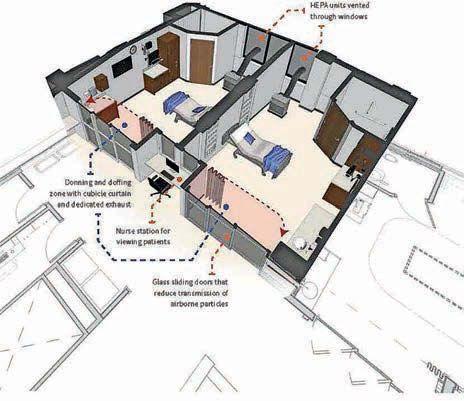
3 minute read
Life is enjoying what you lo
At ICON, we offer the ability and expertise to incorporate technology systems into a design from the very beginning stages of creation. From digital wayfinding signage to LED messaging displays to security systems, our team brings forth a diverse toolbox of technology applications that allow us to stand out from our competitors.
Throughout the entire design process, our team utilizes technology implementation to enhance the overall experience of the end user. Technology-driven design can build more productive, efficient, and functional living and working spaces. A proper built environment is one that is digitally connected throughout. A “smart” design is pivotal in any industry and one that must not be overlooked. ICON recognizes the value of technology integration and prioritizes including digital concepts in a design that are a direct reflection of the latest trends in the industry, while also staying up to date with new advancements and executing these in upcoming projects. Our team of architects collaborate with our technology specialists to create seamless technology integration for a total solution.
Tom Wesley, AIA Principal Architect


ICON Architectural Group Grand Forks, N.D.
NCI is not your typical full-service IT provider. In addition to traditional technology services and support such as servers, managed IT, and networking or security, NCI also has a full-fledged interactive development team. The department focuses on custom applications and websites as well as integrations between existing applications. This allows NCI to work with customers to develop the right applications for the task at hand that can be seamlessly incorporated into their technology environment, rather than purchasing prebuilt, off-the-shelf solutions that can be difficult and expensive to integrate.
If you already have the right applications but they don’t talk to each other or provide valuable enough insights, NCI’s developers and engineers can explore integrations between applications to help customers stay efficient and informed through automation. These types of solutions help customers get away from redundant and time-consuming tasks and focus on their business. The NCI development team, in addition to the help desk technicians and engineers, allows customers to utilize a single IT company to understand their technology stack top to bottom and can provide valuable insight on maximizing performance of all things IT.
continued From page 14
While some establishments may have had to retool space to accommodate social distancing during the pandemic – and some may have cut back on their blended strategies due to cost savings during these times – Sogge foresees trends reverting back to blending entertainment with retail to enhance the customer experience. He said the store of the future will have even more entertainment components.
Some stores also are experimenting with their online pick-up sections, explaining that some businesses are better at it than others. Those who have positioned their pick-up locations at the back of the store may want to rethink their plan. Having those sites at the front of the store is much more customer friendly.
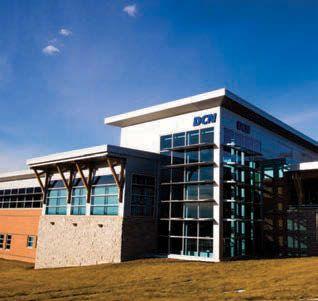
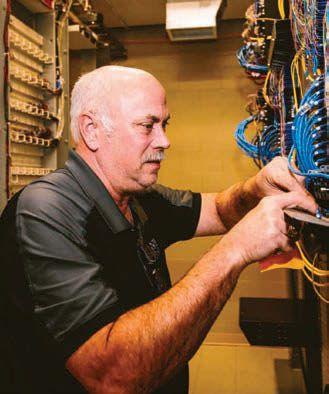

Ultimately, the store of the future – and the architects who design them – must focus on strong visuals of the brand or product and define variations of a common theme. According to an article by Commercial Design, that means “creating elements” and “concepts and themes” that predominantly relate to the customer “experience and interaction with the space, the social/environmental awareness and, ultimately, the brand’s values.”
In Sogge’s field, all of this means more positive challenges for architects. He said it is exciting to work with retailers who think outside the box and want to experiment with the customer experience. For the architect, it provides new ways to think about designing stores and storefronts.
A lot of online-only stores also are building physical storefronts, and so there’s another opportunity there to make stores that are appealing and new to in-person customers.

“With this whole online trend everyone thinks retail is dead, but it’s not,” he said. “It is reinventing itself.”
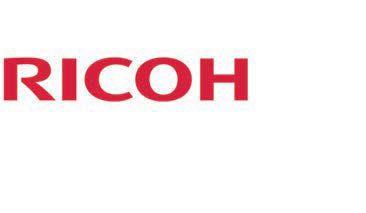
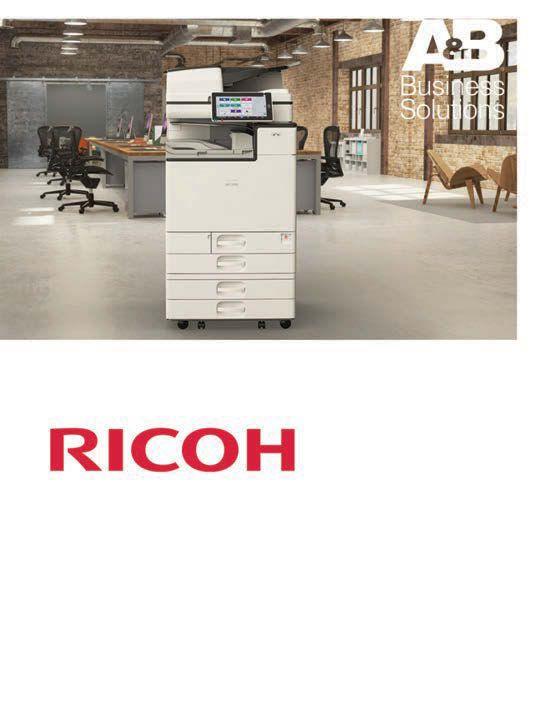
ANDREW WEEKS PRAIRIE BUSINESS EDITOR
Unemployment Rate
Consumer Price Index
From 2019 to 2020, consumer prices for all items rose 1.4%. Over that period, food prices increased 3.9%, a larger percentage increase than the 12-month increase of 1.8% in 2019. Food at home prices increased 3.9% in 2020, the largest over-theyear increase since 2011. Some notable items include: Prices for all six of the major grocery store food groups increased from 2019 to 2020. Prices for meats, poultry, fish, and eggs rose 4.6% from 2019 to 2020, double the 2.3-%increase of the prior year. Prices for dairy and related products rose 4.4% from 2019 to 2020 after rising 2.4 percent from 2018 to 2019.
Domestic Travel
Source:
In November 2020, the latest numbers available from the U.S. Bureau of Transportation Statistics, reporting marketing carriers posted an on-time arrival rate of 91.7%, up from 90.9% in October 2020 and from 84.4% in November 2019.
Total nonfarm payroll employment declined by 140,000 in December, and the unemployment rate was unchanged at 6.7%, according to the most recent data by the U.S. Bureau of Labor Statistics. The decline in payroll employment reflects the recent increase in COVID-19 cases and efforts to contain the pandemic. In December, job losses in leisure and hospitality and in private education were partially offset by gains in professional and business services, retail trade, and construction. Source:







